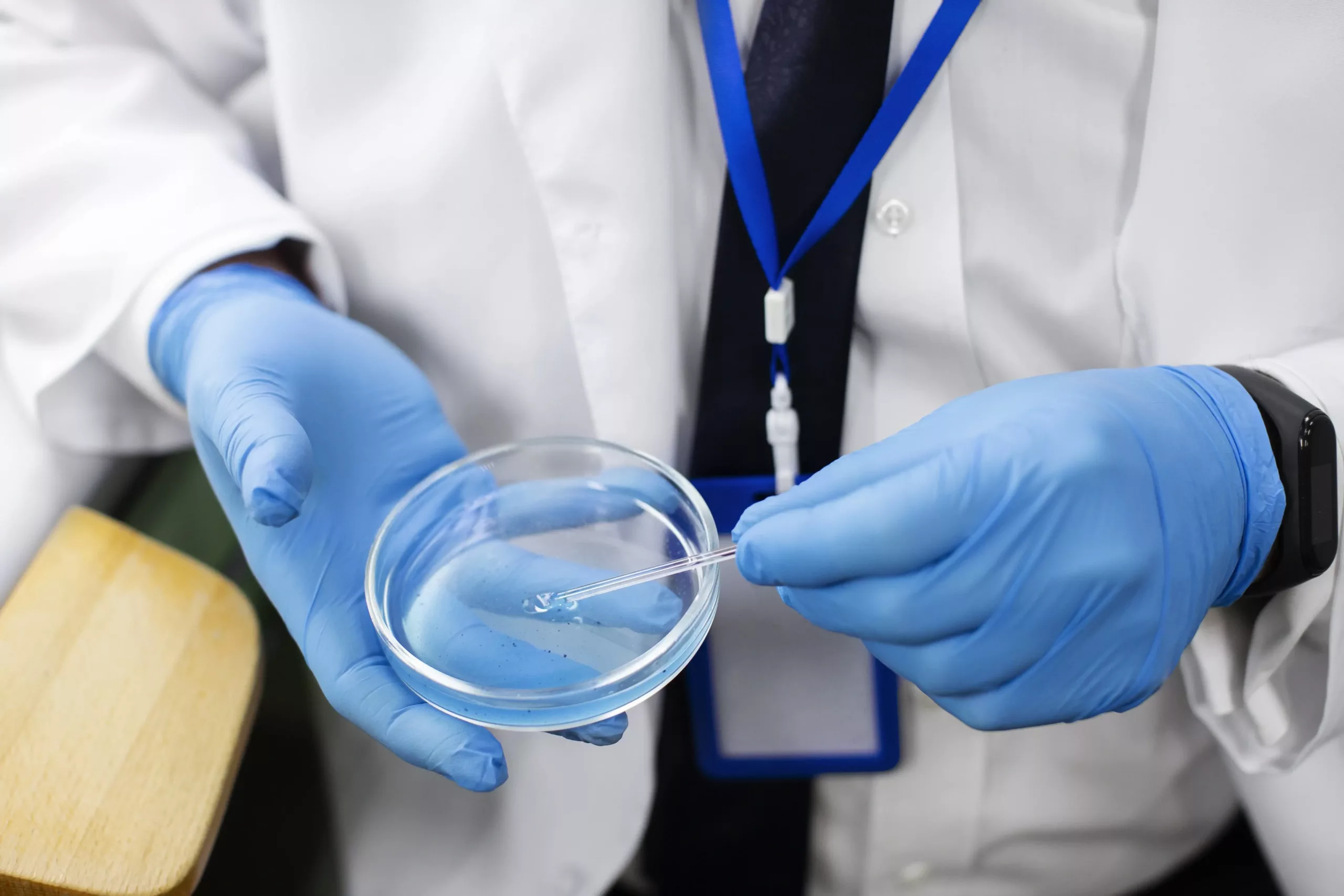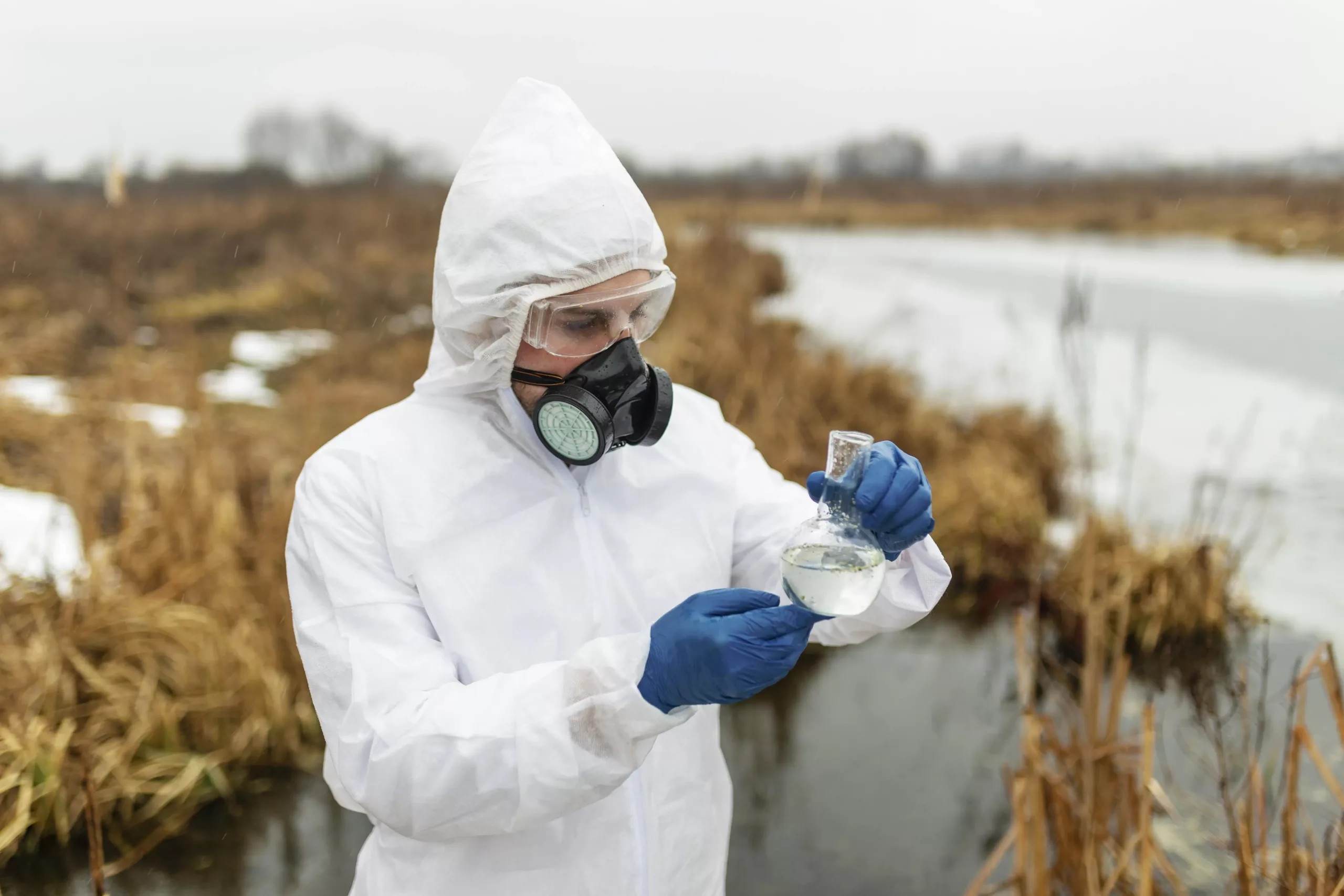I. Introduction
Clean water is a vital resource that sustains life and supports a healthy environment. In the United States, ensuring the quality of our water sources is of utmost importance to protect public health and preserve our ecosystems. Wastewater, the water discharged from various sources after use, poses a significant challenge as it may contain harmful contaminants. Waste water testing plays a crucial role in safeguarding water quality and preventing the adverse effects of pollution.
At ChemServe Environmental, we recognize the critical role of wastewater testing in maintaining water quality. In this blog, we will delve into the significance of wastewater testing and its relevance to the well-being of both people and the environment.
II. The Need for Wastewater Testing
Wastewater originates from various sources, including residential, commercial, and industrial activities. It may contain a wide range of contaminants such as organic matter, nutrients, heavy metals, pharmaceuticals, and pathogens. If left untreated, wastewater can find its way into water bodies, posing serious risks to aquatic ecosystems and human health.
By conducting wastewater testing, we can identify the specific contaminants present and assess their potential impact on water quality. This information is crucial for implementing appropriate treatment strategies and preventing pollution of our precious water resources.
III. Environmental Impact
The consequences of untreated wastewater discharge are far-reaching and concerning. When released into water bodies, wastewater contaminants can lead to harmful algal blooms, deplete oxygen levels, and disrupt the natural balance of aquatic ecosystems. This can result in fish dying, the loss of biodiversity, and the degradation of water quality for both people and wildlife.
Furthermore, contaminated water can find its way into our drinking water sources, posing health risks to communities. By conducting comprehensive wastewater testing, we can proactively address potential environmental disasters and protect our waterways from irreversible damage.
IV. Regulatory Framework for Wastewater Testing
The United States has stringent regulations in place to manage wastewater and ensure its safe treatment and disposal. Federal agencies such as the Environmental Protection Agency (EPA) and state regulatory bodies set guidelines for the discharge of wastewater into the environment.
Wastewater testing laboratories play a pivotal role in ensuring compliance with these regulations. They conduct analyses to verify that wastewater treatment facilities are meeting the required standards, helping to prevent harmful discharges that could harm human health and the environment. Non-compliance with wastewater regulations can lead to penalties and fines, underscoring the importance of accurate and reliable testing.
V. The Role of Waste water Testing Laboratories
Wastewater testing laboratories are responsible for analyzing samples collected from various wastewater sources. These laboratories employ advanced technologies and analytical methods to detect and quantify contaminants accurately. Their expertise is vital for assessing the effectiveness of wastewater treatment processes and ensuring compliance with regulatory standards.
Certified and accredited laboratories hold even greater importance, as their results are recognized by regulatory bodies and can be used as evidence of compliance. For accurate results, it is essential to rely on certified and accredited laboratories like ChemServe Environmental, ensuring compliance with the highest industry standards.
VI. Key Parameters Analyzed in Wastewater Testing
Wastewater testing involves analyzing a range of parameters to determine the presence and concentration of contaminants. Key parameters include biological oxygen demand (BOD), chemical oxygen demand (COD), total suspended solids (TSS), nutrients (nitrogen and phosphorus), heavy metals, and biological pathogens.
Each parameter provides valuable insights into the wastewater’s overall quality and potential environmental impact. Test results help determine the appropriate treatment methods needed to remove specific contaminants and improve water quality overall.
VII. Industry Applications of Wastewater Testing
Various industries, including manufacturing, agriculture, and healthcare, produce wastewater that requires careful management. Waste water testing is vital for these industries to comply with regulations, prevent pollution, and uphold sustainable practices.
Case studies showcasing successful applications of wastewater testing highlight its importance in ensuring that industries minimize their environmental footprint. Testing laboratories play a supportive role by providing independent data that enables industries to adopt eco-friendly practices and protect the environment.
VIII. Importance of Timely Testing and Monitoring
Regular and frequent wastewater testing is crucial for the timely detection of potential issues and prompt intervention. Continuous monitoring allows for real-time data collection, enabling authorities and industries to respond proactively to changing conditions and prevent pollution events.
By adopting proactive water quality management practices, we can identify emerging contaminants and develop effective strategies for their removal . Timely testing and monitoring are essential for maintaining the integrity of water resources and minimizing negative impacts on public health and the environment.
IX. Innovations in Wastewater Testing
Advancements in wastewater testing technologies continue to enhance the accuracy and efficiency of analyses. New techniques and instrumentation, such as high-performance liquid chromatography (HPLC) and molecular methods, provide greater sensitivity and precision in detecting contaminants.
Research and development also explore the potential of emerging technologies, such as nanotechnology and biosensors, in improving detection capabilities. These innovations hold promise for better understanding complex wastewater compositions and developing targeted treatment solutions.
X. Conclusion
Wastewater testing is a cornerstone of responsible water management in the United States. By analyzing wastewater samples and identifying potential contaminants, we can protect public health, preserve aquatic ecosystems, and ensure compliance with environmental regulations.
Independent wastewater testing laboratories play a vital role in this process, utilizing cutting-edge technologies and methods to deliver accurate results. At ChemServe, we remain committed to delivering accurate and reliable wastewater testing services to contribute to the protection of our precious water resources. Let us join hands in safeguarding water matters and creating a cleaner and safer world for generations to come.








Leave A Comment